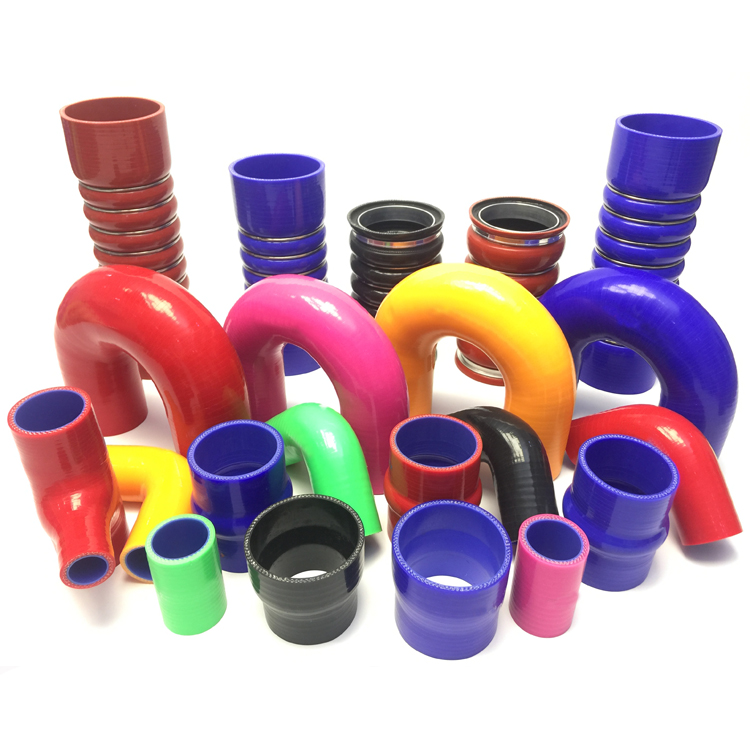Softening and catalysis are very important steps in the processing of high-viscosity silicone rubber elastomers, but this step specifically includes five steps: preparing the preform, extruding or molding, curing, and finishing. The following is a professional silicone tube manufacturer to introduce to you.

The initial steps in the treatment of high consistency silicone rubber elastomers for use in any extrusion or molding application are softening and catalysis. It includes the following steps.
1. Prefabrication: Once the high consistency elastomer is produced, the next step in the manufacturing process is the preparation of the preform. This does not require special equipment, but is very labor-intensive and almost continuous high-volume applications. For extrusion and injection molding applications, the preform is cut into strips by cutting an elastomer sheet, which is simply prepared for feeding an extruder. In the transfer molding operation, the preform is typically cut with a die-cutting machine and will fit into the plug of a transfer reservoir in a multi-station press. For compression molding applications, the process is slightly more complicated because the preform must be cut in the basic geometry of the final part.
2. Extrusion: For high consistency elastomers, extrusion is done using a single screw extruder. The preform is fed to the extruder from the roll feed wheel to the extruder barrel, and the elastomer is extruded through a die and mandrel assembly to form the desired profile. In addition, it is also possible to perform support extrusion with a high consistency silicone elastomer. This is achieved by fitting a crosshead assembly into the extruder, passing through the crosshead in the support geometry and extruding a layer of silicone rubber on it.
Most extrusion system manufacturers equip their machines with laser micrometers and feedback controllers to monitor product quality, which adds to the significant increase in the cost of setting up the extrusion process. The extrusion process requires the presence of an operator at all times to ensure that the extruder runs normally and constantly supplies the elastomer.

3. Molding: The application of high viscosity silicon depends on the type of molding equipment used. The transfer and injection molding processes require operators to load the elastomer into the equipment and demold the finished part. For compression molding, the operator must place all individual cavity preforms in each mold. Because of the relatively slow curing cycles used for high viscosity elastomers, it is possible to have a large number of cavities for the mold.
4. Vulcanization: Vulcanization of extruded products is usually achieved with hot air vulcanization furnaces, or HAVS. These HAVS are available in horizontal and vertical configurations. In horizontal mode, the extruded profile is passed through an oven, and hot air is forced over the extrudate to initiate a vulcanization mechanism and laid in a continuous belt. In a vertical furnace structure, the HAV is equipped with a variable speed drum passing through an oven at the top, where it is cured and pulls the extruded profile upwards.
5, finishing: The degree of finishing depends on the specific application. For the extrusion method, finishing involves visual inspection and cutting the tubing into specific lengths. If the tube has been cured with peroxide, the finishing process also requires an oven post-cure by-product to remove the peroxide. For molding applications, finishing including trimming or trimming of the molded parts, often using die-cutting machinery to cut from larger molded sheets into sections, and any oven post-cure is necessary. In addition to wasting materials, high-concentration silicone finishing is labor-intensive and requires additional equipment such as ovens and die-cutters.





